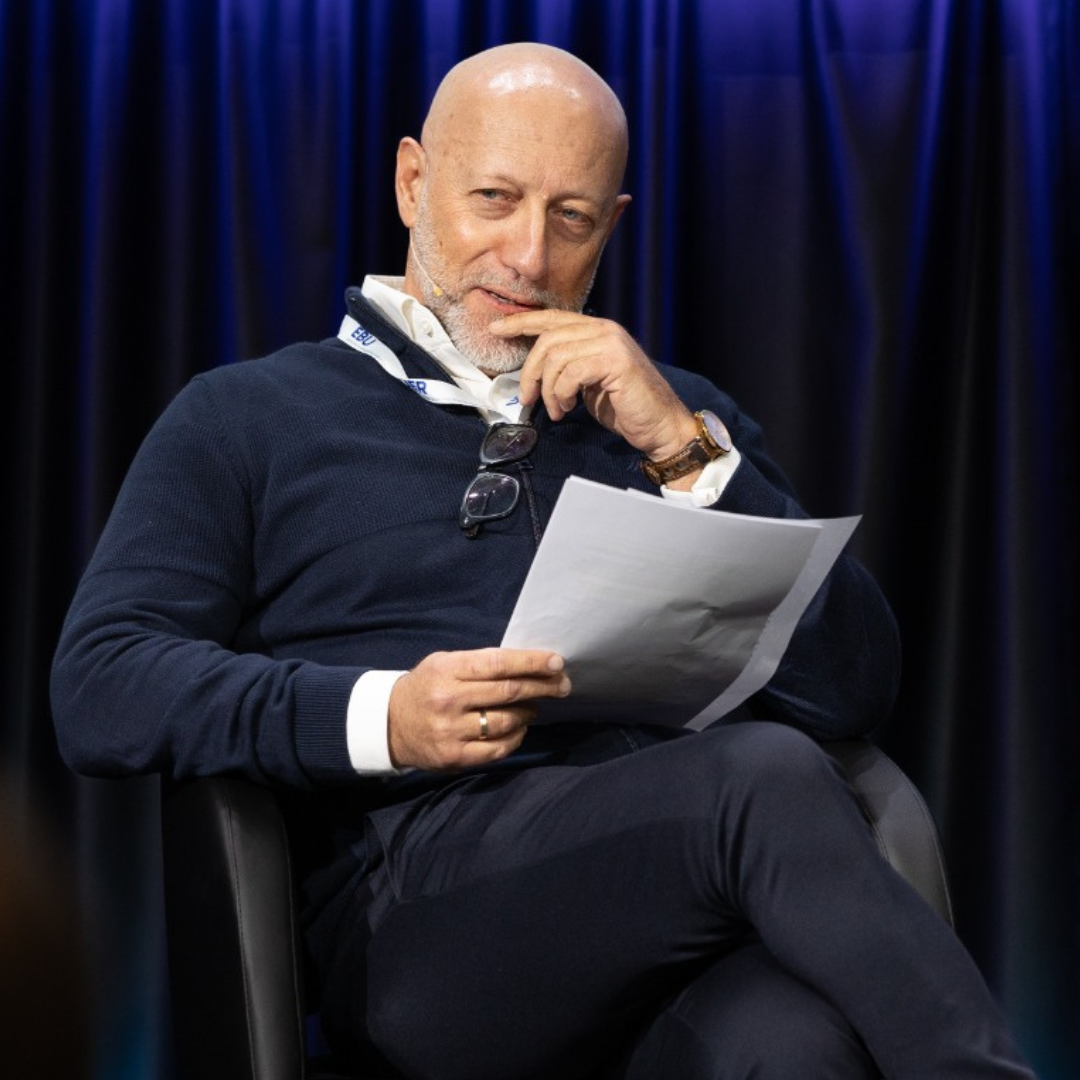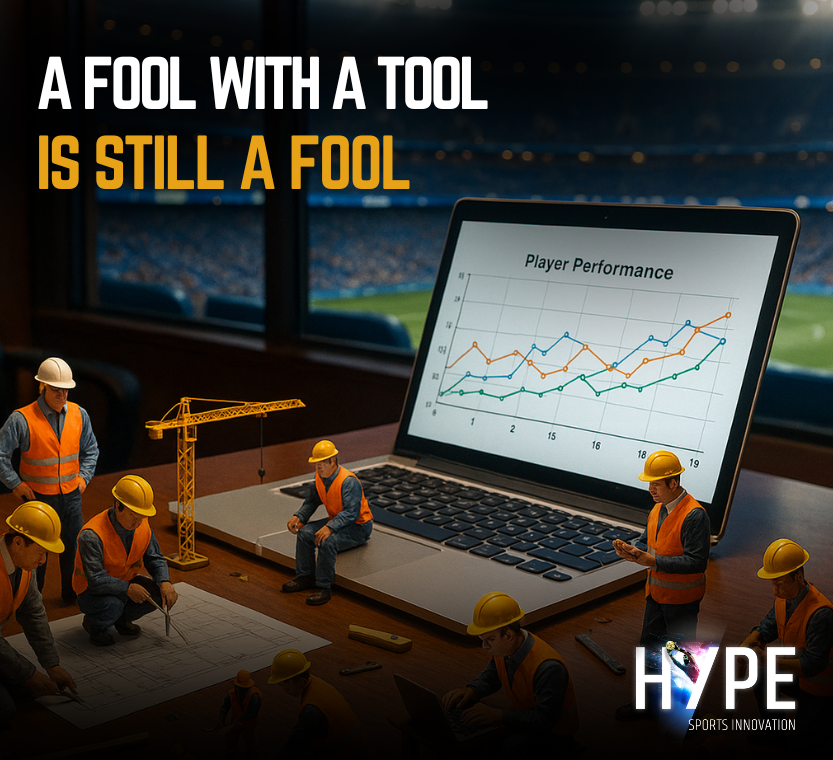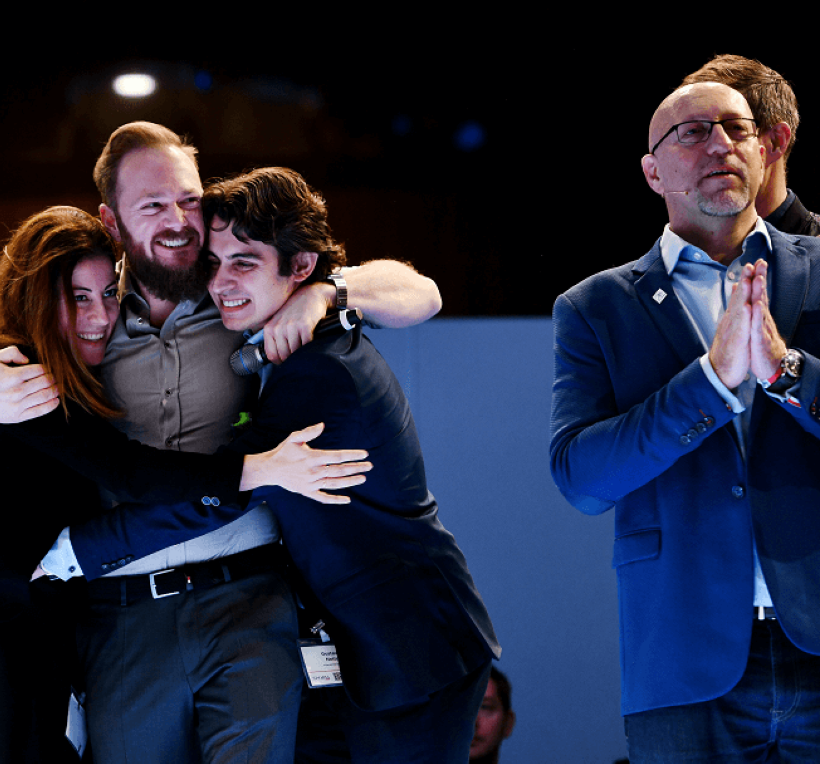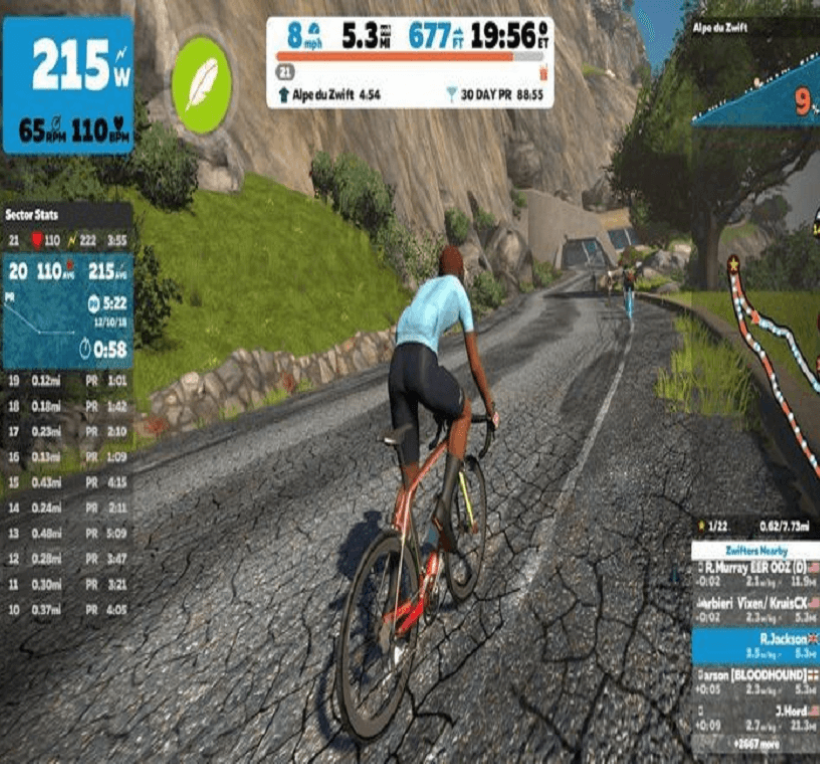

“A Fool with a Tool Is Still a Fool”
3 Min Read | AI Mentality
“A Fool with a Tool Is Still a Fool”
AI Won’t Save You. Vision Will.
Let’s put it out there:
The biggest barrier to innovation in sports today?
It’s not the tech. It’s the fear.
And no, AI doesn’t magically solve that.
Because AI isn’t magic. It’s just a tool.
And like any tool, in the wrong hands, it solves nothing.
Over the past decade, I’ve had the privilege of working with dozens of sports organizations, clubs, leagues, federations, brands, from every corner of the world. I’ve seen what happens when a new technology hits an old mindset. I’ve seen where change really gets stuck.
Here’s the pattern that keeps showing up:
Real transformation doesn’t start with data or dashboards. It starts with identity. With meaning. With leadership.
So if you’re leading a sports property today, don’t start by asking:
“How do we integrate AI?”
Start with:
“How do we build a movement that’s ready for change?”

1. People Don’t Fear AI, They Fear Losing Identity
Most people aren’t afraid of artificial intelligence.
They’re afraid of losing their identity.
Of not being needed anymore. Of becoming irrelevant.
That’s a very human fear.
One of our clients once said something that stuck with me:
“A fool with a tool is still a fool.”
In other words, AI without vision, without clarity on what matters, who it serves, and why it exists, doesn’t move the needle. It might even create more confusion.
But here’s the thing, when people are grounded in purpose, fear loses its grip. When they feel part of something bigger, the tool stops being a threat and becomes fuel.
Microsoft learned this firsthand. Before Satya Nadella transformed the company into a cloud-first giant, he didn’t focus on systems, he focused on culture. He helped shift the mindset from “know-it-all” to “learn-it-all.” The result? A company that rediscovered its relevance.
FC Barcelona faced something similar. During a financial crisis that shook the club’s foundations, layoffs and tough calls led to real fear inside the organization. But Laporta’s message was simple: “We’re not destroying Barça. We’re saving it.” That reframed everything.
When people understand the mission, they’re not afraid to evolve.
2. Victim or Hero, That’s a Leadership Decision
Before any real change happens on the outside, something needs to shift on the inside.
We’ve seen it over and over: when change hits, many people don’t just resist,
they cling to the role of the victim.
At first, it’s a natural emotional response:
“This wasn’t my decision.”
“This isn’t fair.”
But over time, that response can harden.
They start turning it into an ideology.
They find others who feel the same. They build stories around why “this will never work,” why “management doesn’t get it,” why “the old way was better.”
And suddenly, resistance becomes identity.
Not because they’re difficult, but because they’re scared, and no one helped them reframe the story.
But change doesn’t need victims. It needs leaders.
And leadership isn’t about having all the answers, it’s about making a choice.
To rise. To take ownership. To remember why you showed up in the first place.
That’s exactly what the All Blacks did.
After a rare dip in performance, they could have pointed fingers.
Instead, they went back to what made them who they are:
humility, discipline, legacy.
They didn’t wait for someone else to fix it, they reclaimed the story.
That’s what real leadership looks like.
3. The Real Competitive Advantage? The Ability to Adapt
Let’s face it:
We’re living in a world that doesn’t stop changing.
Brexit shook the political and economic foundations of Europe.
COVID-19 reset global industries almost overnight.
Russia’s war in Ukraine. Conflict in the Middle East.
Tensions between India and Pakistan.
A new U.S. President on the horizon.
Economic shifts. Climate pressure. AI exploding across every sector.
This isn’t a stable environment, and it’s not going to “settle down.”
If you’re still waiting for things to go back to normal, you’re waiting for a world that no longer exists.
In that context, the ability to adapt, to pivot, reframe, shift direction, is no longer optional.
The German Football Association (DFB) understood that when they started building data-driven systems for player development. Some coaches pushed back, “We’ve always done it this way.” But instead of forcing it, they created hybrid teams: data experts and seasoned coaches, learning from each other. That’s how you turn resistance into resilience.
Adaptability isn’t just nice to have.
It’s the difference between staying relevant, and getting left behind.
4. You Don’t Change People, You Change With Them
You can’t roll out a change initiative like a product launch.
You can’t force creativity.
You can’t demand ownership.
But you can co-create.
Juventus learned this when they launched a bold rebrand in 2017. Fans hated it. Some employees did too. But instead of pushing through, the club paused. They shared the why, opened the conversation, and made internal teams part of the mission. Resistance turned into pride.
Same with every successful change process we’ve ever led:
If people help build it, they’ll help protect it.
5. Real Leadership = Creating Hope
If you’re leading a team through change, here’s your real job:
Don’t just manage risk. Create hope.
That’s what U.S. Soccer did when they finally agreed to equal pay for the women’s national team. This wasn’t just about numbers. It was about identity, belonging, and fairness. The decision didn’t just settle a lawsuit, it gave every athlete in that system a reason to believe:
“You belong here. You matter.”
Hope is the fuel that makes transformation possible.
6. Real Change Starts in the Heart, Not in the Spreadsheet
Every major transformation we’ve ever been part of shares one common truth:
If you don’t touch people’s hearts, nothing moves.
You can optimize the process. Build a better dashboard. Add more automations.
But if people don’t feel seen, safe, and connected, they’ll resist.
That’s what we saw in hospitals moving to digital patient records. It wasn’t about UI or UX. Nurses pushed back because it felt like the system didn’t value their presence at the bedside anymore. Once leaders helped them see how tech could free them to focus more on care, the whole thing changed.
You want real innovation? Start by creating belonging.

So, What Now?
What muscle are you building right now?
The one that protects and defends?
Or the one that leads forward?
And maybe more importantly, why are you here, really?
Want to go deeper?
P.S. We are testing a new approach to helping sports property leaders shape their AI roadmap.
As part of that, I’m doing a few clarity (1:1) sessions – no strings attached. If you want in – just mail me (five spots only).
AR




Comments